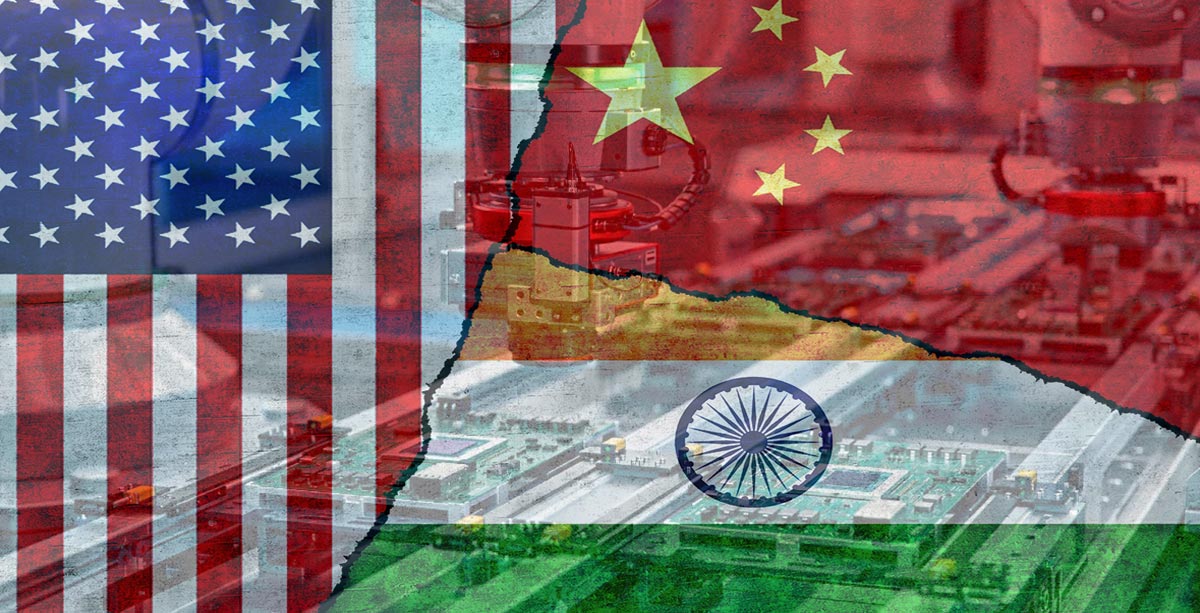Dragon vs. Elephant: India's Industrial Surge Threatens China's Manufacturing Crown

China is growing increasingly anxious about India's deepening strategic partnership with the United States, viewing the emerging alliance as a potential challenge to its regional and global ambitions. The relationship between India and the U.S. is expanding across multiple critical domains, including trade, defense, technology, and economic cooperation, which Beijing perceives as a direct threat to its strategic interests.
As geopolitical tensions simmer and global power dynamics shift, India's courtship with the United States represents a significant diplomatic and strategic pivot. China sees this growing partnership as more than just a bilateral engagement—it's a calculated move that could potentially disrupt the existing balance of power in Asia and beyond.
The collaboration spans diverse sectors, from cutting-edge technology collaborations to defense agreements and economic initiatives. Each development is carefully scrutinized by Chinese policymakers, who view the strengthening India-U.S. relationship as a strategic maneuver to counterbalance China's expanding influence.
Particularly concerning for Beijing are the technology and trade dimensions of this partnership. As India positions itself as an alternative manufacturing hub and technological ecosystem, China recognizes the potential economic implications of this emerging alliance.
The United States, meanwhile, appears eager to cultivate India as a key strategic partner in the Indo-Pacific region, offering diplomatic support, technological investments, and defense cooperation that could fundamentally reshape regional geopolitical dynamics.
For China, this evolving relationship represents not just a bilateral challenge, but a broader attempt to capitalize on global uncertainties and restructure international strategic alignments.
